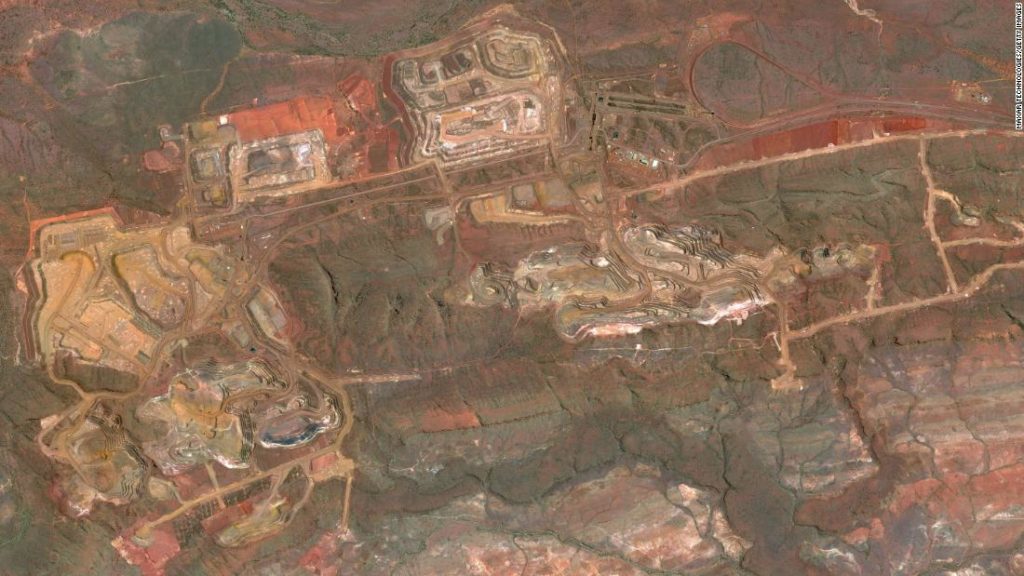Of big help was the Chinese government’s decision to invest heavily in infrastructure projects. Industrial output rose 7.3% last month compared to a year earlier. And crude steel production hit a record 1.05 billion metric tons for the year, a 5% increase from 2019.
The country can’t sustain that kind of output without iron ore, which it needs to make the steel for roads, bridges and buildings. China imported 17% more iron ore last year than it did in 2019.
Australia is a big winner of that growing demand, being responsible for some 60% of the iron ore that China imports.
“China’s impressive industrial recovery has stoked demand for steel production, and Australia is a major supplier of steel making inputs to China,” said Sean Langcake, senior economist at Oxford Economics.
Australia isn’t the only country supplying China with this vital raw material. But it is by far the largest source, and one analysts say would be difficult to replace should relations between the two countries sour even further.
“If iron ore shipments from Australia were to be restricted, China would be forced to pay a higher price for iron ore imports from elsewhere,” Langcake said.
“There is still uncertainty surrounding Brazil’s supply in 2021, as its pandemic still hasn’t been effectively under control and Vale S.A. is less mechanized than its Australian rivals,” the Changjiang Futures analysts wrote in a research note earlier this month.
“As the Chinese economy continues to recover from the pandemic … the country’s demand for iron ore will increase further in the future,” the article said.
You may also like
-
Afghanistan: Civilian casualties hit record high amid US withdrawal, UN says
-
How Taiwan is trying to defend against a cyber ‘World War III’
-
Pandemic travel news this week: Quarantine escapes and airplane disguises
-
Why would anyone trust Brexit Britain again?
-
Black fungus: A second crisis is killing survivors of India’s worst Covid wave

